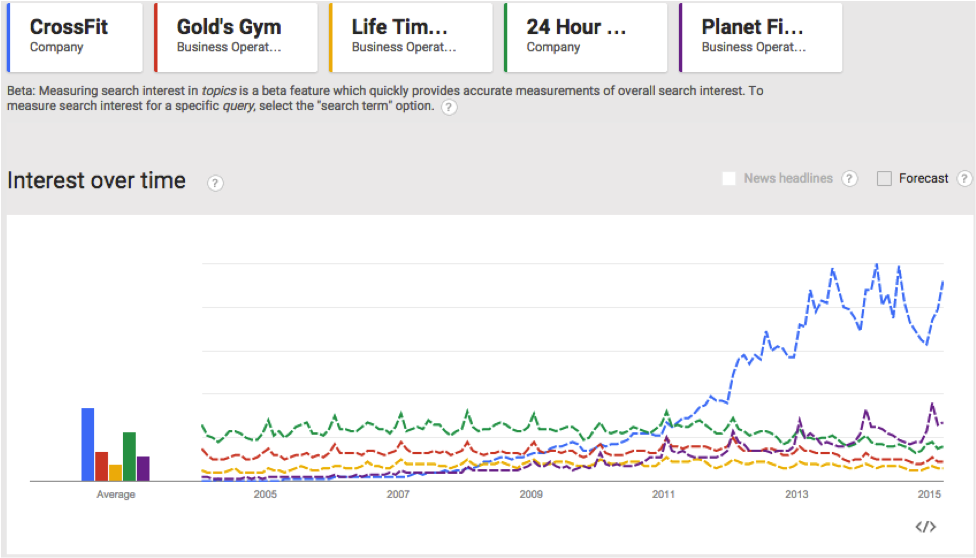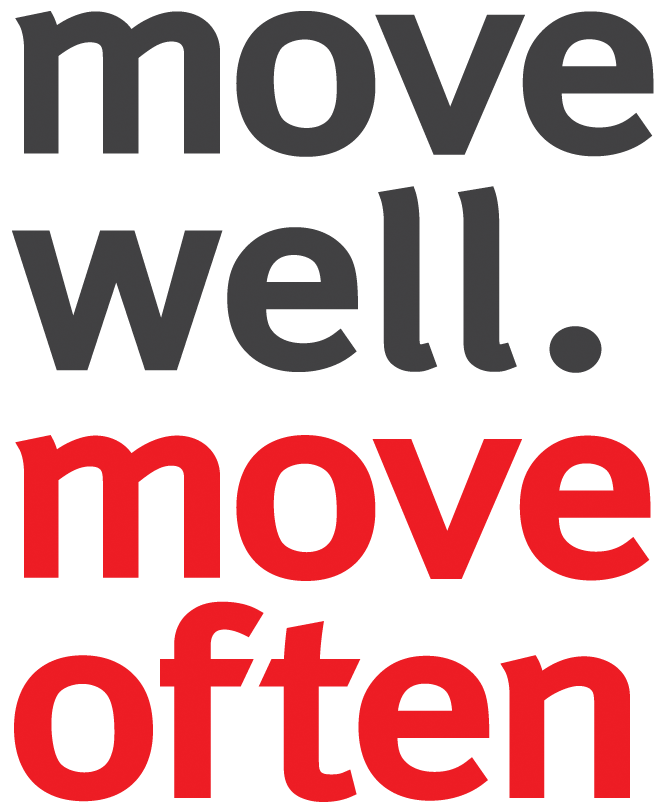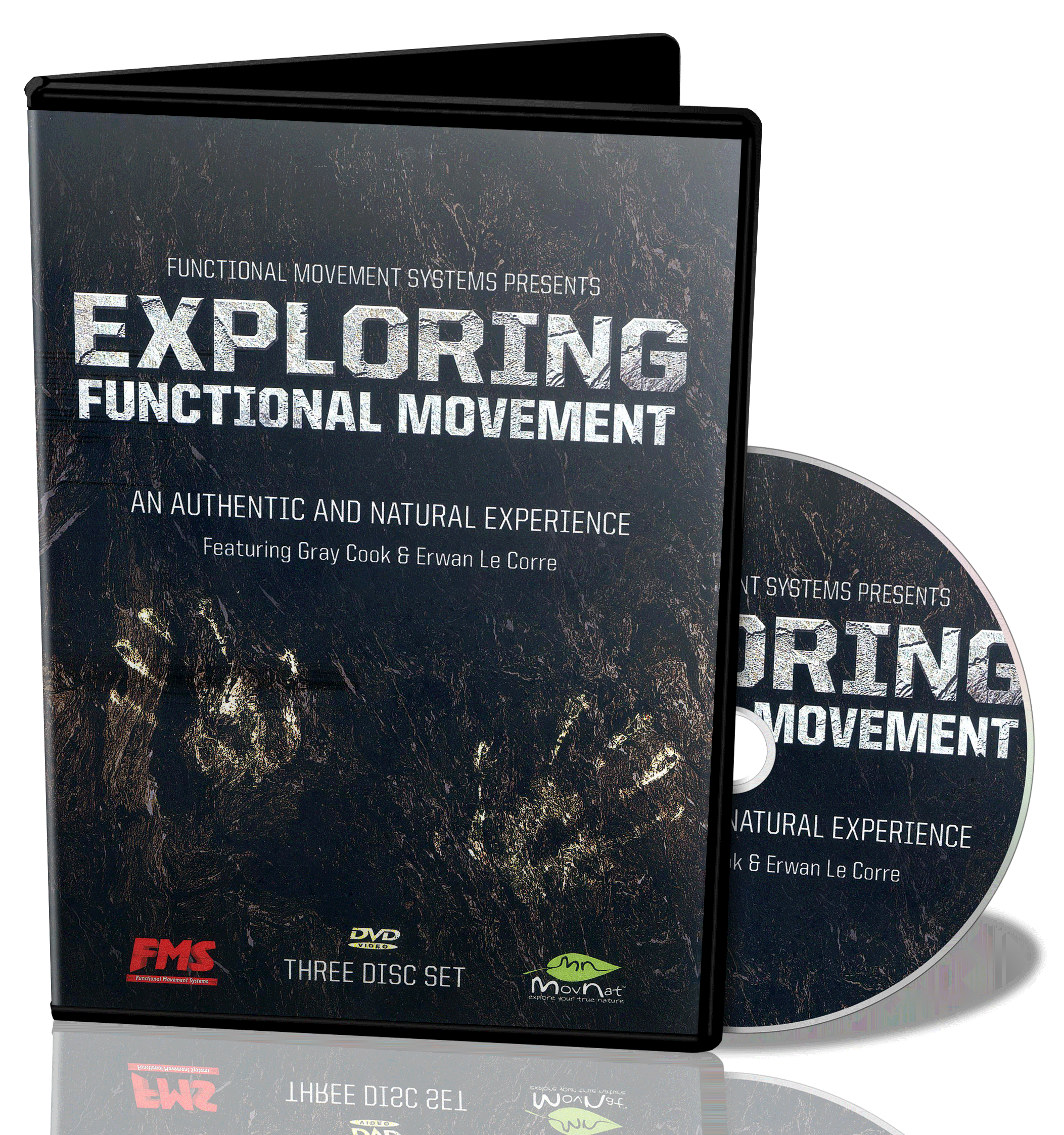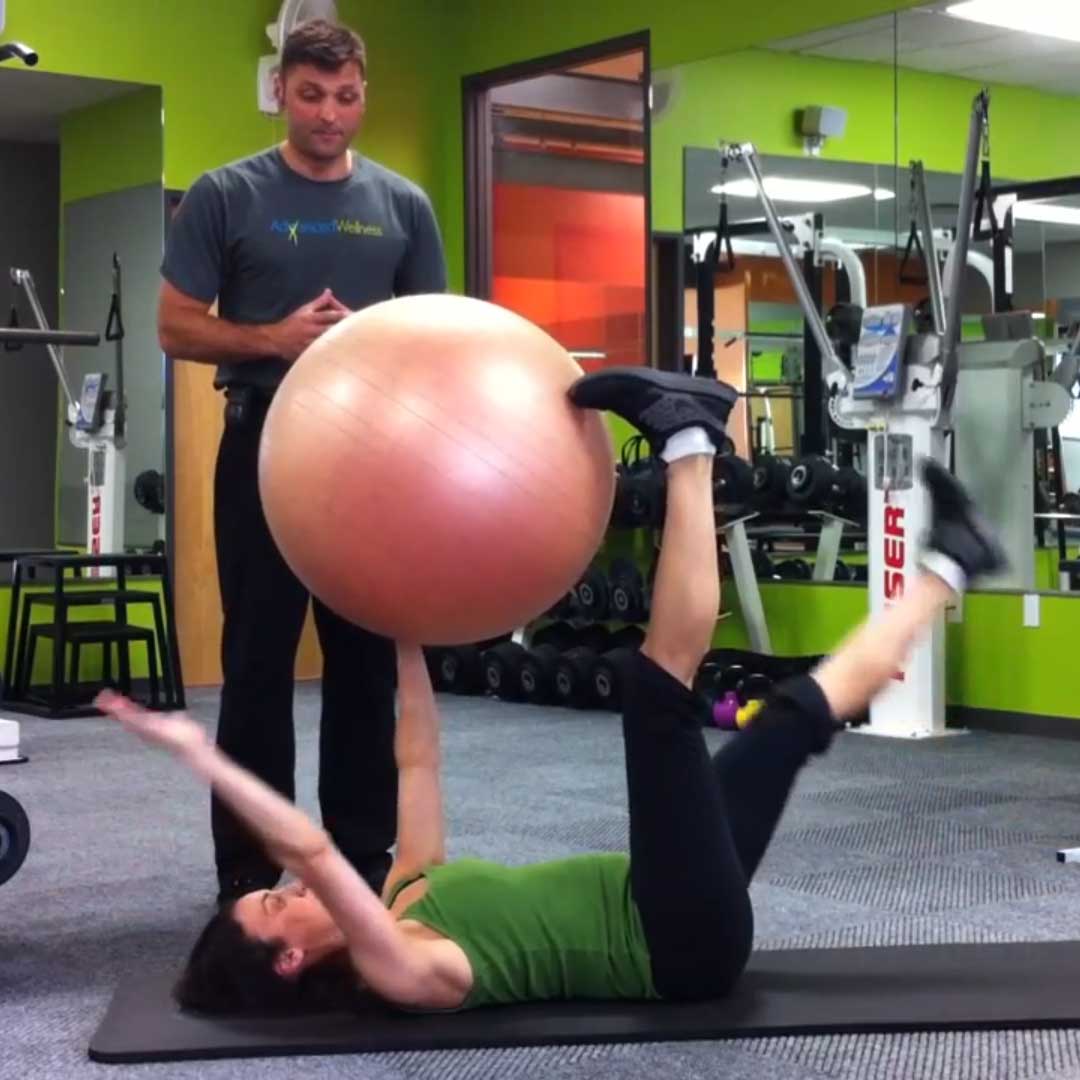4 Truths About CrossFit
Written by Lee Burton FMS
 In January of 2014, Gray joined Kelly Starrett on the popular MobilityWOD blog to discuss movement principles, the FMS and reducing the risk of injury.
In January of 2014, Gray joined Kelly Starrett on the popular MobilityWOD blog to discuss movement principles, the FMS and reducing the risk of injury.
Kelly is in the top 1% in terms of the CrossFit community when it comes to considering programming with regards to movement quality. He’s made a living on the education and promotion of functional movement.
As you’ll see in the interview, Gray and Kelly did far more agreeing than arguing which got us thinking: Can we do a better job in advising FMS and SFMA? At times, it feels like there have been two distinct camps with very little co-mingling.
Gray also recently joined T-Nation.com to answer a series of questions about CrossFit, again agreeing with and even applauding more than you might expect.
While we may not always agree with some of the things that gyms do, as a community, we can look at it from a different perspective. Let's explore 4 truths about CrossFit and why it's not only possible, but imperative to incorporate FMS principles in CrossFit gyms.
Consider the following about CrossFit:
1) CrossFit isn’t going away.
In 2005, there were 13 CrossFit gyms. Today there are over 10,000 CrossFit affiliates. Since its inception, they’ve been the most talked about form of fitness in the world and show no signs of slowing down. Check out these Google search trends:

600 million CrossFit workouts will be completed in 2015. That number is expected to exceed 1 billion in 2016. The Wall Street Journal recently published an article about how big gyms like LifeTime Fitness and 24 Hour Fitness are rethinking their space-planning to be able to incorporate “CrossFit-like workouts.”
Maybe it’s time to think about how we can better work WITH CrossFit.
2) The CrossFit that you see on TV should look different than the CrossFit in your gym.
At least we hope this is the case. While the ESPN partnership for the CrossFit Games has been terrific for awareness, it has also helped perpetuate some of the most vicious criticisms of the brand.
If you’ve been trained in Olympic Lifting, some of what you see in the CrossFit Games will make you cringe. Our community who is versed in the FMS and SFMA is aware that loading a dysfunctional movement pattern is both detrimental and dangerous. As Gray is fond of saying, “Loads are like hitting save on a Word document. I’d like to improve a movement before I hit save.”

Due to it’s popularity, “CrossFit” has become a sort of eponym for any high intensity interval training that incorporates Olympic lifting, gymnastics and plyos. As such, they’ve been blamed for workouts and competitions they’ve had nothing to do with.
But we know that the Olympic Lifts are highly technical and need to be practiced in a controlled environment. Additionally, they aren’t for everyone. As Dr. Stuart McGill said recently in an interview with T-Nation,
“Olympic lifting must find the lifter. Not the other way around given the special anatomical gifts needed to lift with efficiency and injury resiliency. The flexibility required in the hips and shoulders in many cases is a gift from your parents. No matter how much stretching is attempted, some will never have the hip and shoulder socket anatomy to deep squat and support a bar overhead. But they will try, and their compromised form will create substantial injury mechanisms.”
Sometimes it's difficult to give the requisite attention in a group fitness environment, but an FMS Certified trainer could start by implementing the screen to determine who is even physically capable of beginning to learn the proper technique. [Spoiler alert: more on working with groups next week.]
Related: How to Successfully Manage Multiple Athletes
3) The injury history is bad, but maybe not as bad as you think.
CrossFit affiliates are independent and, therefore, it’s difficult to collect injury data. However, reports are beginning to surface.
A recently published peer reviewed paper found that 97 of the 132 athletes who responded to an online survey reported incurring an injury while participating in CrossFit. That’s a 73% injury rate, which looks disastrous. However, on a per hour basis, CrossFit’s injury rate is 3% per 1,000 hours. That’s a rate that’s comparable to similar sports as powerlifting and Olympic lifting. It’s also on par with injury rates associated with “general fitness.” Some studies suggest that even runners have an injury rate of 4% - 12% per 1000 hours.
Either way, if you’re a medical practitioner (SFMA) and you knew that data suggests that almost three in every four CrossFit participants would suffer an injury at some point, wouldn’t you want to have a relationship with that gym?
4) Not all CrossFit gyms are equal.
Because CrossFit gyms are independently owned and operated, it's not uncommon for gyms in the same zip code to have noticeably different practices. For every gym that foolishly prescribes Continental Cleans to a group of weekend warriors, there multiple gyms that respect the tenets of fundamental movement.
Furthermore, to our knowledge, there is nothing in CrossFit’s franchise agreement that would prohibit gyms from adopting strict, objective criteria for introducing athletes to Olympic Lifts or gymnastics movements.

We recently spoke with Kevin O'Malley, an FMS Certified trainer who has runs one of the most successful CrossFit gyms in his region - both in terms of competition and membership - has been able to build his business using the principles of FMS.
CrossFit and Functional Movement Systems have both influenced the industry in so many ways, from how gyms are designed to how athletes are progressed. I don’t think anyone can doubt that CrossFit has helped encourage people to Move Often, but it’s our responsibility to teach them to Move Well. Our hope is to implore the FMS and SFMA community to see a popular fitness movement as an industry opportunity (if not responsibility), not an eyesore.
Related Resources
-
Breaking Muscle Reviews EFM
Posted by Brandon Bennett
-
Redefining Health and Fitness
Posted by Gray Cook
-
Start With Why
Posted by Gray Cook
Please login to leave a comment
6 Comments
-

Tim 8/7/2015 12:36:30 PM
Yes, I could see eyes widening at the potential to get the FMS into 10,000 gyms. That aside, just point out there is no franchise agreement. It's not a franchise.
-

Nathan Jordan 8/7/2015 12:36:30 PM
I would turn my gym into a Crossfit gym but I am not mobile enough to get into the proper positions to teach the Olympic lifts and I had a terrible experience the one time I went to a Crossfit gym. At Jackhammer Strength Training we incorporate things from powerlifting, bodybuilding, crossfit, calisthenics, use resistance bands, kettlebells, barbells, dumbbells, medicine balls, and tires. We use the Smart Group Training system which is based off of the FMS to identify movements that people should not do based on their limitations. Hopefully someday I will know a fraction of what Kelly Starrett knows.
-

Mike Headtke 8/10/2015 4:44:34 PM
I think the FMS is imperative for functional movement and injury prevention. Crossfit theory is great, but as the article states not all gyms are created equal. There needs to be more focus on motion and functional movement than just finishing the workout.
-

Jared 8/10/2015 4:44:34 PM
crossfit is a confusing business. Crossfit is a sport. It started off as a sport & it is marketed as a sport. These is detrimental to many participants because not everyone should participate in this sport, individual morphology, lack of time, age, and many other factors can be the reason.
crossfit has an excellent marketing strategy. Their marketing campaigns motivate people to join. What Crossfit lacks, imo, is barriers of entry.
Not every person is ready for every movement Crossfit teaches.
The issue seems to be the inability to monetize barriers of entry/prevention.The FMS provides just that. Assess people properly. Assign or prescribe movements that are appropriate for clients based on their individual scores. -

Michael 8/14/2015 1:38:50 PM
The stat I would be interested in knowing is how many crossfit coaches have more education than a weekend crossfit certification. Just like other global gyms....why are we entrusting the health of our bodies to coaches who have about 50K worth of money to open a crossfit box and for many a weekend certification? It is a slap in the face to the hundreds of universities and thousands of kinesiology students who actually spend the time learning and achieving degrees. Some people may want to sell out to cash in on crossfit, whereas others may stick to their philosophical guns on proper training methods.
-

Jim 8/14/2015 1:38:50 PM
I think it's interesting that Gray is all about CrossFit lately. I think he's taken a soft stance overall. That T-nation article with Gray was very disappointing. Gray you could have taken a stance but you bowed to them. I'm sure you don't want to miss a business opportunity but we'd respect you more if you stood up for the system you've built and pointed out issues in the crossfit system instead of being so political.





